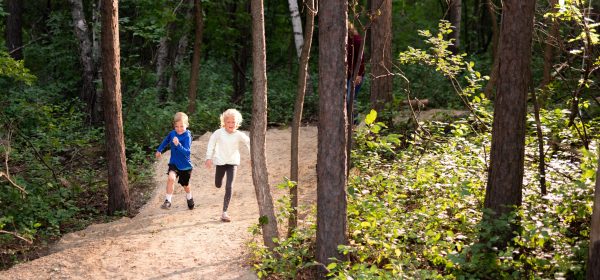How to Harvest Wild Rice
Want to Get WILD? You’ll Need a Canoe!
We’ll let you in on a little secret – wild rice is delicious and it’s easy to harvest, too! This grain thrives in shallow waters, ideally around 30 inches, and is found throughout Minnesota. There are some rules and regulations to harvest wild rice, of course, and processing wild rice is another matter.
However, if harvesting your own wild rice sounds like a fun adventure, we will be covering everything visitors should know about this unique nature outing to collect your own batch of Minnesota’s official state grain!

Rules & Regulations
From the type of equipment used to harvest season, there are rules to be followed. So, don’t start paddling into the grass before making sure that you’re in compliance!
For starters, a license is needed for ricing and a one-day license can be obtained easily on the MN Department of Natural Resources website. The License itself is $30 which goes towards a special account designated for wild rice management.
For additional details on regulations the MN DNR does an excellent job of laying out all of their wild rice harvesting rules plainly for potential ricers.
Where to Go for Wild Rice
It is all over the place, but where is it OK to harvest is the question. For the sake of simplicity we are providing the links for the list of wild rice locations by county as listed by the MN DNR as well as a link to our info request page where you can ask us to send you a Public Water Access Guide which we can send to you at no charge.
Wild rice is easy to spot as it is always running along the shoreline and grows more sparsely the deeper into the water they appear.
One other point worth noting, ricing on tribal grounds is not allowed unless an official tribal member!

How Harvesting Works
Visitors who have successfully registered and have found a spot to responsibly collect their wild rice may wonder what they’re supposed to do now. It’s easy!
The simplest method starts with simply getting close enough to the grass, passing through it is just fine and very effective, in fact. Next, to harvest the grain, take two solid sticks of roughly equal length and use one of them to bend the grain over the canoe while using the second stick to give the top of the grass a swift strike. The grains should collect in the bottom of the water vessel, and that’s perfectly fine!
This same method can also be achieved with one stick and a paddle – a method traditionally used by indigenous cultures known widely as Paddle & Stick.
However, the use of wild rice rakes has become popular over recent years. While this method is efficient at collecting the rice, it is a little more labor intensive. The method involves brushing the rake through the stalks of wild rice and then shaking the seeds into collection bags.
Whichever method you choose, gloves are a necessity!
Processing for Beginners
Here’s where things can get tricky – but don’t worry, because this is the last step! Most wild rice processors will only take a 300-pound minimum to process, which is a lot. Groups harvesting wild rice together can possibly find enough to bring in for bulk harvesting, and if so there are a few places around the Iron Range area where they can be found.
However, if one were so inclined as to process their own wild rice, it can easily be done at home! The first step in the process is parching the rice – set your oven to 375 degrees Fahrenheit and set the rice to cook in an iron pan, removing them frequently to stir to prevent burning until they turn a golden brown.
The next step is threshing which is the process of removing the grain from the chaff. This can be achieved by placing the grains into a container and beating them or rubbing them until the husks are removed or, using a more traditional approach, placing the grains onto a deer hide or any similar surface with grip and twisting the surface with the rice within.
Once your grains are fully processed make sure to store them in a cool, dry place in an airtight container. They should go months without spoiling if stored correctly!
As the official grain of Minnesota there is quite a lot to say about wild rice from its history among the indigenous tribes of the area to its many uses – while we won’t get into the history of wild rice here, we will happily include some popular recipes to try out once you have your wild rice prepped and ready to cook!




